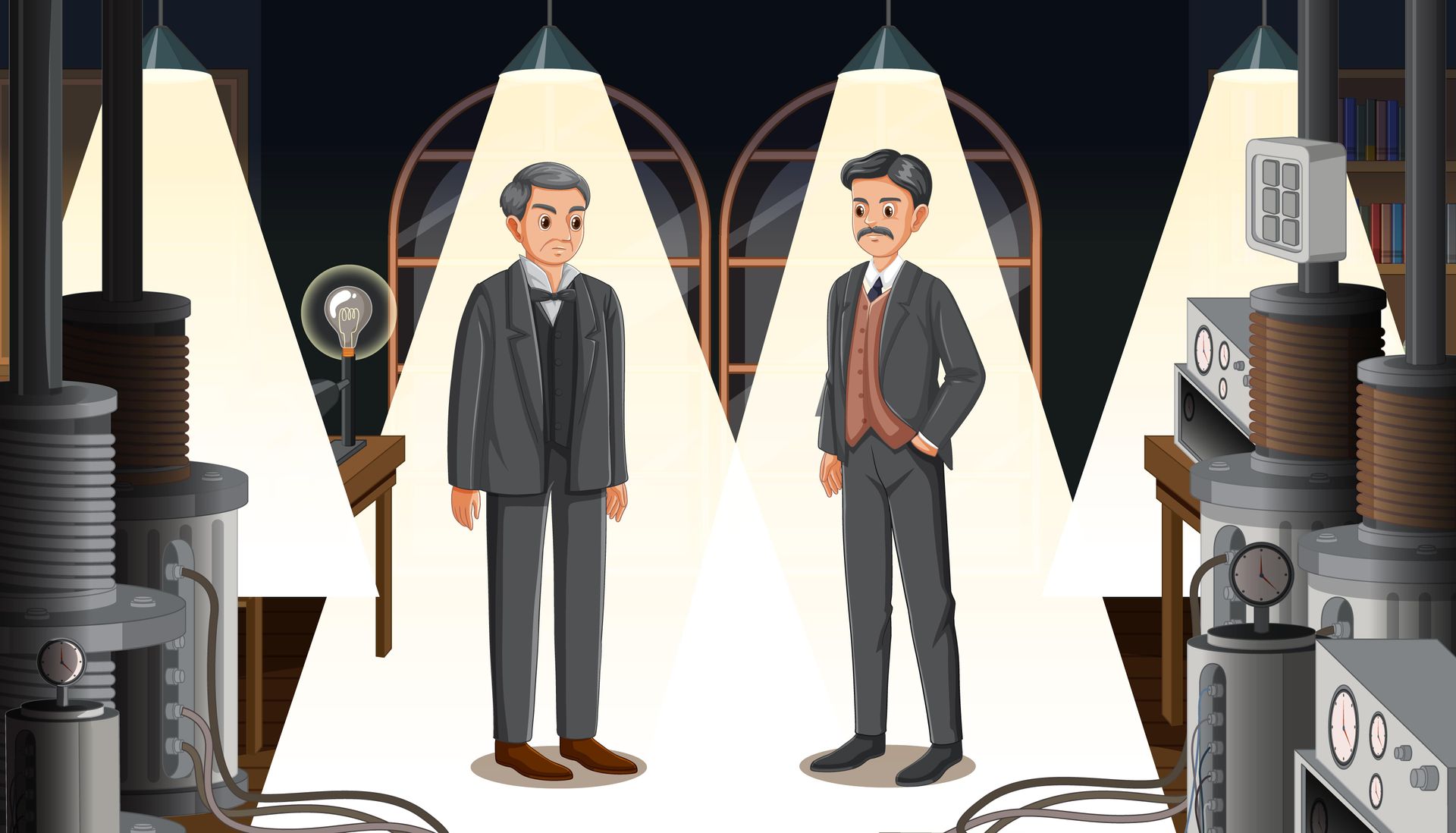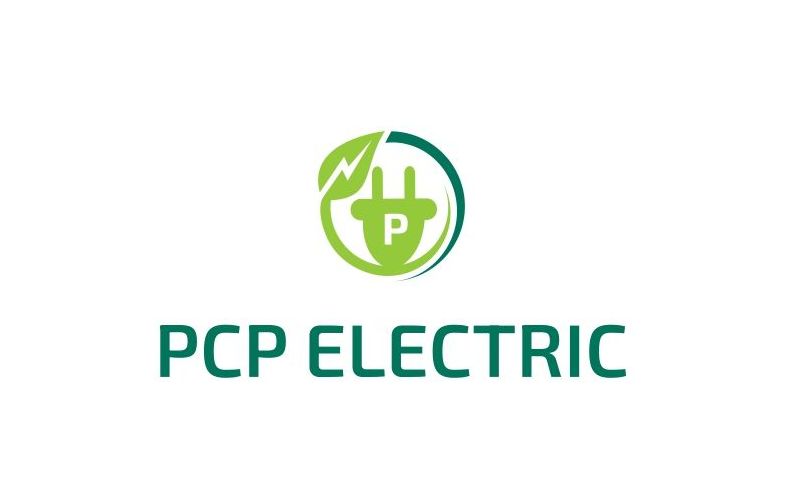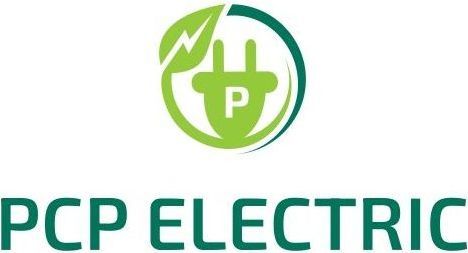The History of Electricity: From Ancient Times to Modern Day
The History of Electricity: From Ancient Times to Modern Day

Electricity is one of the most transformative discoveries in human history, shaping the way we live, work, and interact with the world. From its humble beginnings in ancient civilizations to the advanced electrical systems powering modern Singapore, the history of electricity is a fascinating journey through time. This article explores the evolution of electricity, highlighting key milestones and innovations that have revolutionized its use across different eras.
The Ancient Beginnings of Electricity
Early Discoveries and Static Electricity
The history of electricity dates back to ancient times, long before the invention of light bulbs or power grids. The Greeks were among the first to observe electrical phenomena around 600 BCE. They discovered that rubbing amber (a fossilized tree resin) with fur would attract lightweight objects like feathers. This phenomenon, known as static electricity, was the earliest recorded understanding of electrical forces.
The term "electricity" itself is derived from the Greek word "elektron," meaning amber. While these early observations were rudimentary, they laid the groundwork for future scientific exploration.
The Age of Enlightenment: Unlocking Electricity’s Potential
Benjamin Franklin and the Kite Experiment
The 18th century marked a turning point in the history of electricity, thanks to the contributions of scientists like Benjamin Franklin. In 1752, Franklin conducted his famous kite experiment, proving that lightning was a form of electricity. By flying a kite during a thunderstorm, he demonstrated that lightning could charge a Leyden jar (an early form of a capacitor). This groundbreaking experiment not only advanced scientific understanding but also led to the invention of the lightning rod, which protected buildings from lightning strikes.
Alessandro Volta and the First Battery
In 1800, Italian physicist Alessandro Volta invented the voltaic pile, the world’s first chemical battery. This device generated a steady flow of electricity by stacking alternating layers of zinc and copper separated by cardboard soaked in saltwater. Volta’s invention was a monumental leap forward, providing a reliable source of electricity and paving the way for further experimentation and innovation.
The 19th Century: The Birth of Electrical Engineering
Michael Faraday and Electromagnetic Induction
The 19th century saw rapid advancements in the field of electricity, driven by pioneers like Michael Faraday. In 1831, Faraday discovered electromagnetic induction, the principle behind electric generators and transformers. His work demonstrated that a changing magnetic field could produce an electric current, revolutionizing the way electricity could be generated and distributed.
Thomas Edison and the Electric Light Bulb
No discussion of electricity’s history is complete without mentioning Thomas Edison. In 1879, Edison invented the first commercially practical incandescent light bulb, which could last for hours. His development of a complete electrical distribution system, including generators, wires, and meters, brought electric lighting to homes and businesses, transforming urban life.
Nikola Tesla and Alternating Current
While Edison championed direct current (DC), Nikola Tesla advocated for alternating current (AC), which could transmit electricity over long distances more efficiently. Tesla’s AC system, combined with George Westinghouse’s support, eventually became the standard for electrical power distribution, powering cities and industries worldwide.
The 20th Century: Electricity for All
The Rise of Power Grids
The 20th century witnessed the widespread adoption of electricity as a fundamental utility. Power grids were established to deliver electricity to homes, factories, and public spaces. Countries around the world invested in infrastructure to generate and distribute electricity, making it accessible to millions of people.
Innovations in Renewable Energy
As concerns about environmental sustainability grew, the late 20th century saw the rise of renewable energy sources like solar, wind, and hydroelectric power. These innovations marked a shift toward cleaner and more sustainable methods of generating electricity, reducing reliance on fossil fuels.
Electricity in Modern Singapore
A Smart and Sustainable City
Singapore is a global leader in adopting advanced electrical technologies. The city-state has embraced smart grids, energy-efficient buildings, and renewable energy solutions to meet its growing energy demands. Solar energy, in particular, plays a significant role in Singapore’s energy mix, with solar panels installed on rooftops and reservoirs across the island.
The Future of Electricity in Singapore
Looking ahead, Singapore is investing in cutting-edge technologies like energy storage systems, electric vehicles, and smart meters to enhance energy efficiency and sustainability. The government’s commitment to reducing carbon emissions and promoting green energy ensures that Singapore remains at the forefront of the global energy transition.
Conclusion: The Enduring Legacy of Electricity
The history of electricity is a testament to human ingenuity and the relentless pursuit of progress. From ancient observations of static electricity to the sophisticated electrical systems powering modern Singapore, electricity has transformed every aspect of our lives. As we continue to innovate and embrace sustainable energy solutions, the future of electricity promises to be even more exciting and impactful.
What are your thoughts on the future of electricity in Singapore? Share your views in the comments below or explore more articles on sustainable energy solutions!



